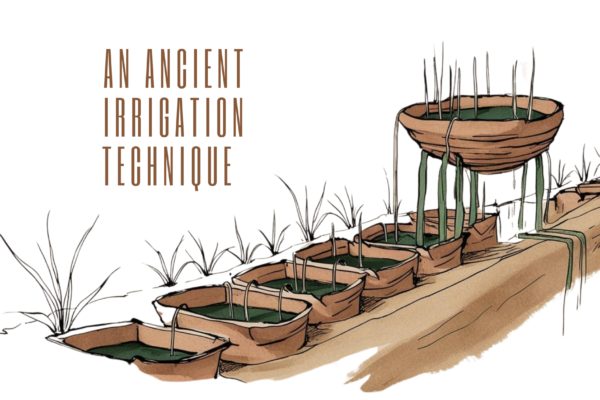Warnings like “If we don’t take action now (or rather, should have acted yesterday?), climate phenomena such as wildfires, extreme urban heat, and rising sea levels will only worsen” are frequently repeated. Yet, their constant repetition has led many of us—ordinary inhabitants of the planet—to become insensitive, reacting with indifference rather than urgency.

Forest and soil recovery ⋙

Bioenergetics ⋙
The Biofuels and Carbon Sequestration method involves using plants both as biofuels and for carbon sequestration. Crops like corn and switchgrass absorb carbon from the atmosphere as they grow and store chemical solar energy in their biomass. This biomass can be burned directly or converted into renewable liquid or gaseous fuels. In a process known as bioenergy with carbon capture and storage (BECCS), these plants are combusted at generating stations to generate electricity. Meanwhile, carbon byproducts are collected and stored beneath the surface. This approach enables energy production for industries, electricity, and transportation while preventing carbon from re-entering the atmosphere by storing it underground or incorporating it into durable materials like cement.
However, BECCS has significant drawbacks. It often requires cultivating specific crops that compete with food production, potentially harming natural ecosystems and worsening food security. Some carbon sequestration methods remain poorly understood and may cause unintended environmental consequences. For example, ocean fertilisation—adding iron and other nutrients to seawater to stimulate phytoplankton growth—enhances carbon absorption but risks disrupting marine ecosystems and harming sea life.
More promising BECCS approaches involve using waste—such as household or agricultural byproducts—rather than dedicated crops. This method has a significant advantage: it does not require additional land, one of the most valuable and limited resources.
Direct Air Capture and Carbon Sequestration ⋙
Carbon Mineralisation ⋙
Certain minerals can react with carbon chemically, converting it from a gas into a solid state through a process known as carbon mineralisation or mineral weathering. In nature, this process occurs extremely slowly, taking hundreds or even thousands of years. To accelerate it, scientists are developing various technologies, including:
- Pumping alkaline fluids from underground vents to the surface allowing them to react with atmospheric carbon.
- Blowing air through mine tailings—rocks discarded from mining operations that contain minerals capable of capturing carbon.
- Crushing minerals or using specialised enzymes to increase their surface area, enhancing their ability to absorb carbon.
- Weathering industrial byproducts, such as fly ash, furnace dust, or iron and steel slag, promote carbon absorption.
This technology is primarily being developed by startups focused on creating new building materials that utilise carbon mineralisation.





No Comments